There are many variations of the farm to table concept. The “farm” might be only 12-20 square feet or perhaps just a window sill garden; but it could be an urban food forest on a relatively small lot or hundreds of acres where workers and their families enjoy the fruits of their labors and the excess is made available to members, the general public, or perhaps delivered to local restaurants and hospitals.
Motivations for growing one’s own food also vary. Those with green thumbs enjoy working in the garden. Some people may be concerned about what they are buying when they shop for groceries. Health may be a strong motivator, but fear of scarcity can also play a powerful role in planning for survival in a ever more confusing world.
As mentioned in a post last June, I used to be involved in Kirlian photography. When a leaf is first harvested, it has a very even aura that is perfectly symmetrical but with each passing day, the lines droop and flop and eventually vanish. For all intents and purposes, we can view the aura as the vital part of life. We all live inside auras: plants, animals, and people. It is the scaffolding upon which the rest of 3D reality is manifested. It can be juxtaposed, scattered, or dissipated by exposure to frequencies that are antipathetic to life. In such cases, weakness might be the first symptom, but if we limit our concern to food, then storage results in depletion of vitality. Yes, some chemicals and calories remain, but the prana is gone. So, we do really experience a difference when food is fresh. Most people will notice a significant difference in taste also. Fresh food tends to taste good without having to jazz it up with ketchup and mustard and so on and so forth.
It goes without saying that every property and climatic zone is different so how space is used depends on a blend of creativity and practicality. In most cases, people will want to grow what they want to eat and/or to share with others.
Many people have been hugely successful growing their own food in deserts as well as deep snow. Greenhouses or enclosed sunroom provide more elbow room than a window sill, but all are meet the needs plants have in order to grow. My experience is that plants seem to thrive better with morning sun than afternoon sun.
Here are some solutions for those with harsh winters:
This series will be continued with more ideas and images, but the next post will deal with toxic metals and their removal!
Copyright by Dr. Ingrid Naiman 2024 || All Rights Reserved
For permission to quote, please contact the author. Sharing via e-mail and posting links are welcome so long as the author and source are properly cited. Reprinting is strictly prohibited.
Notes: Recovery from a series of serious website and computer issues is progressing, but much more slowly that anticipated. The Word Press sites were not impacted so MoldHerbs.com, ToxicTeeth.com, SeventhRayPress.com, and InvisibleEpidemics.com are all working. Bioethika International is up and running now. Every day, a little more is fixed and then the energy will be free to develop the online broadcasting studio. Your patience and understanding are much appreciated as is your loyalty and referral of new subscribers. Thank you so much!
Image Credits:
Green Thumb: Goodluz | Dreamstime.com
Kirlian Photograph: Nettle Leaf
Indoor Herb Garden: Oksana Smyshliaeva | Dreamstime.com
Cold Frame: Petersons Landscape
Small Garden Tunnel: Gurneys
Cold Frame Tunnel: 31066726 | Cold Frame © Mommamoon | Dreamstime.com

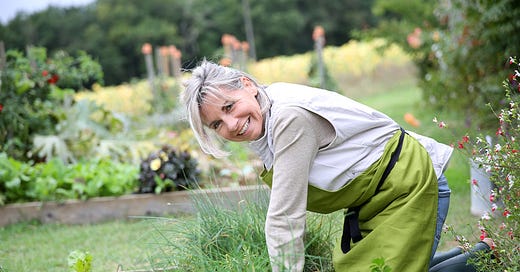




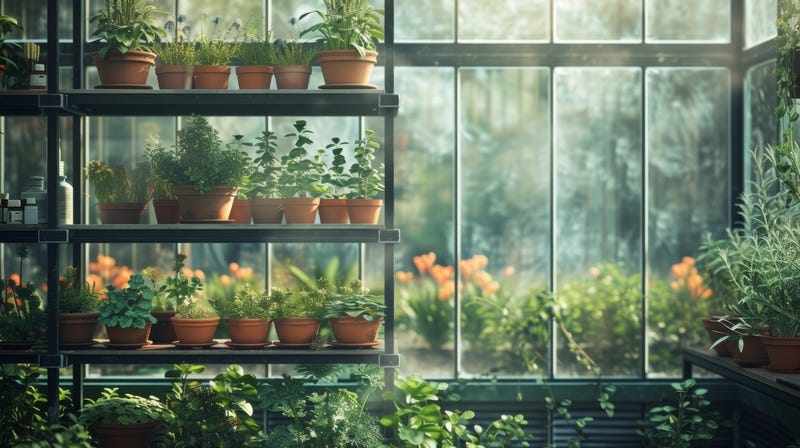
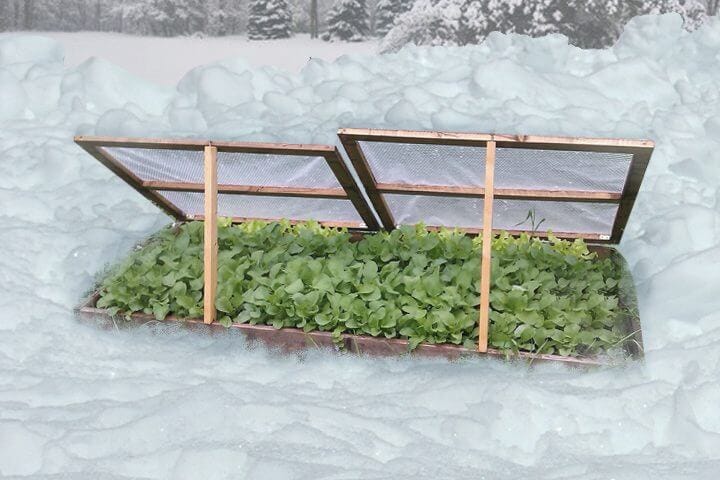
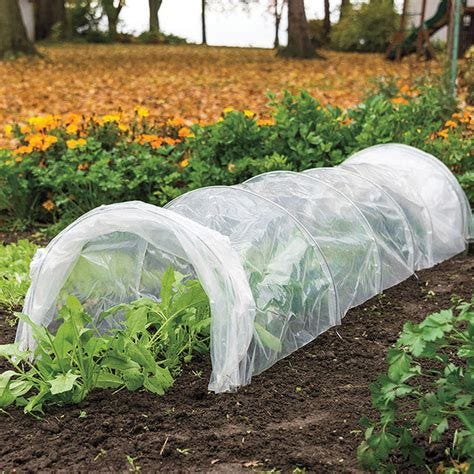
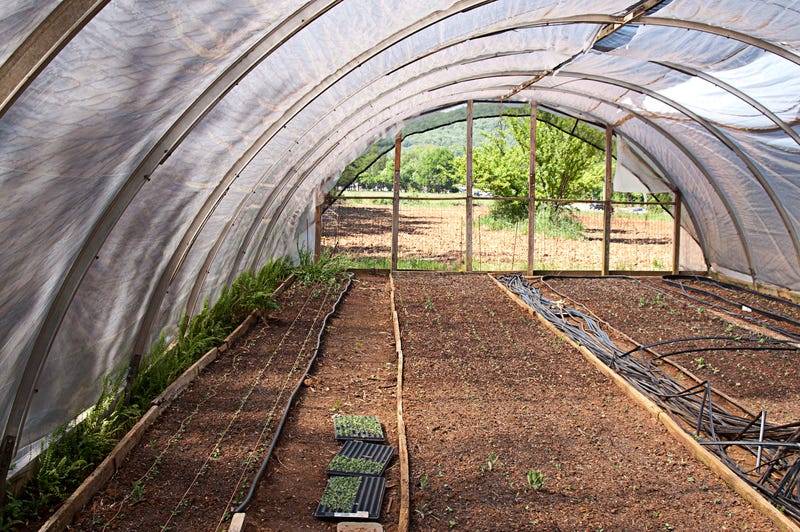
Great concept!